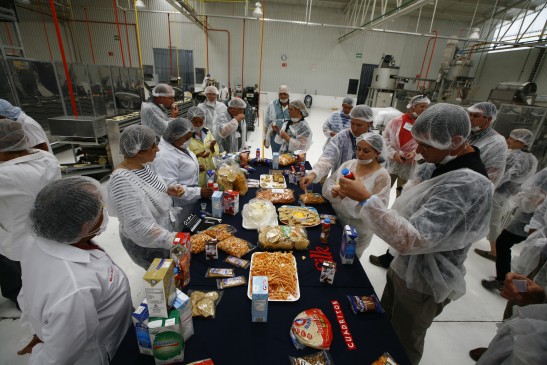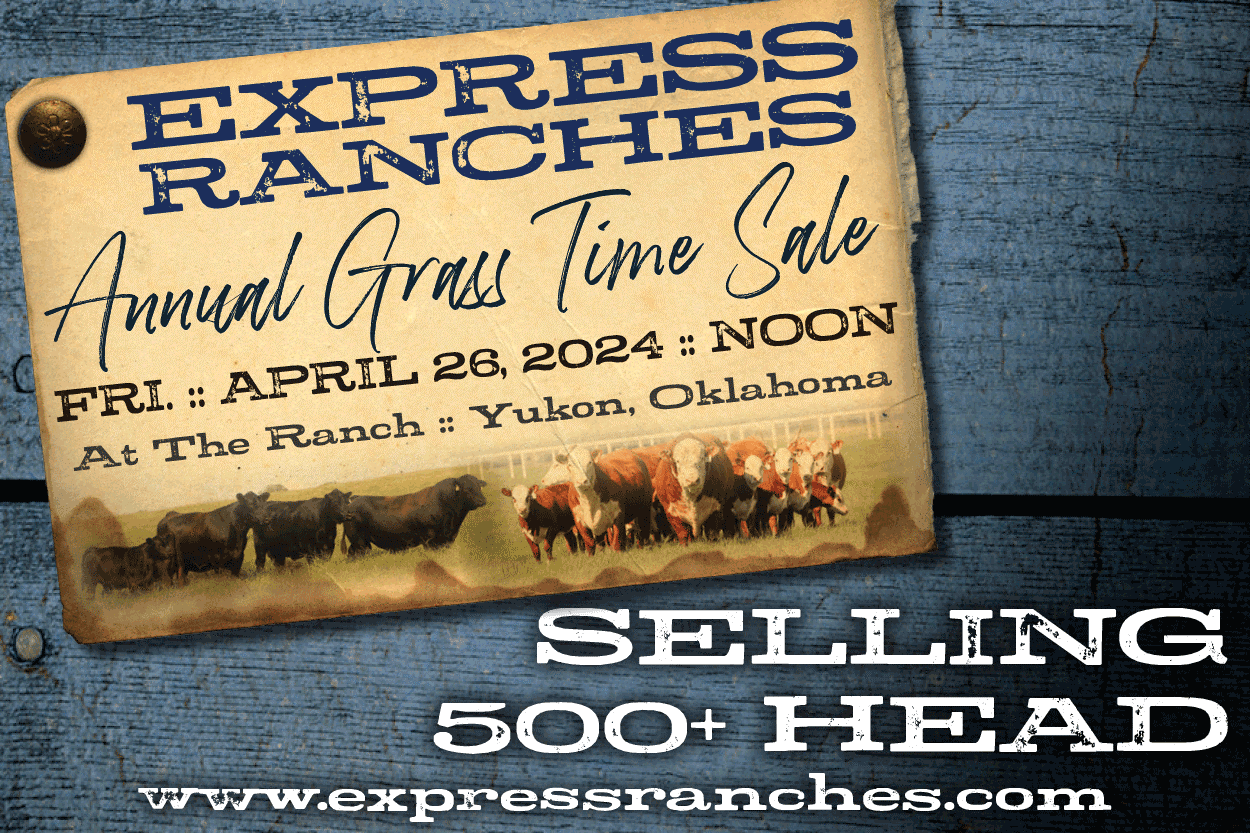
Agricultural News
U.S. Soybean Farmers Observe and Evaluate Work of Checkoff in Vietnam and China
Tue, 25 Aug 2015 18:32:54 CDT
 A recent immersion course provided 10 farmers from around the country the chance to see and evaluate the work of the soy checkoff. This course, the United Soybean Board's (USB's) See for Yourself program, took the farmer-participants from St. Louis to China and Vietnam from July 30- Aug. 7 to learn about U.S. soy's customers, the soy checkoff's role in marketing U.S. soy to those customers, and the research being done both domestically and internationally to improve U.S. soy.
A recent immersion course provided 10 farmers from around the country the chance to see and evaluate the work of the soy checkoff. This course, the United Soybean Board's (USB's) See for Yourself program, took the farmer-participants from St. Louis to China and Vietnam from July 30- Aug. 7 to learn about U.S. soy's customers, the soy checkoff's role in marketing U.S. soy to those customers, and the research being done both domestically and internationally to improve U.S. soy.
"After my participation in the See for Yourself program, I think the checkoff is a worthwhile investment for farmers," said Antron Williams, a South Carolina soybean farmer and See for Yourself participant. "It is working behind the scenes, where we aren't even thinking about it, by creating new markets and new technologies."
Sponsored by USB's Audit and Evaluation (A&E) Committee, the program began at USB's St. Louis headquarters. Participants learned more about the soy checkoff and some of the ways their soybeans are used domestically. A tour of DuPont's™ Nutrition & Health Facility demonstrated a few of the ways soy is being incorporated into a growing number of food products.
Participants next traveled to the country that uses roughly 25 percent of all U.S. soy, China. The group first visited an aquaculture facility that recently increased production by nearly 300 percent, thanks to checkoff-funded technology and the benefits of using a soy-based feed. The farm now uses feed containing more than 60 percent soy. Participants also had the chance to tour the Shanghai Xinnong Feed Mill, which provides feed for numerous large-scale swine operations in the country. Soybean meal is an important component of the feed ration.
"The See for Yourself program has really shown me how our small checkoff investment in the world soybean industry really goes a long way to increase our demand and our customer base," said Justin Knoebel, Pennsylvania farmer and See for Yourself participant.
The program's final destination was Vietnam, an emerging market for U.S. soy. Participants first toured the Cai Mep Agricultural Port, which handles approximately 50 percent of all soybean meal imported into Vietnam. Roughly 300,000 metric tons of U.S. soybean meal has passed through the port just this year. One of the most beneficial stops in Vietnam was the opportunity to hear from industry individuals about the promising market outlook for U.S. soy in Vietnam in the near future.
"This year's program was especially unique because our participants were able to see a well-established market in China, as well as a market that the checkoff is working to develop in Vietnam," said Keith Tapp, Kentucky soybean farmer and A&E Committee chairman. "In all of our locations, I think the participants saw a wide range of activities demonstrating how the checkoff works for them and all U.S. soybean farmers."
The 70 farmer-directors of USB oversee the investments of the soy checkoff to maximize profit opportunities for all U.S. soybean farmers. These volunteers invest and leverage checkoff funds to increase the value of U.S. soy meal and oil, to ensure U.S. soybean farmers and their customers have the freedom and infrastructure to operate, and to meet the needs of U.S. soy's customers. As stipulated in the federal Soybean Promotion, Research and Consumer Information Act, the USDA Agricultural Marketing Service has oversight responsibilities for USB and the soy checkoff.
WebReadyTM Powered by WireReady® NSI
Top Agricultural News
More Headlines...



















